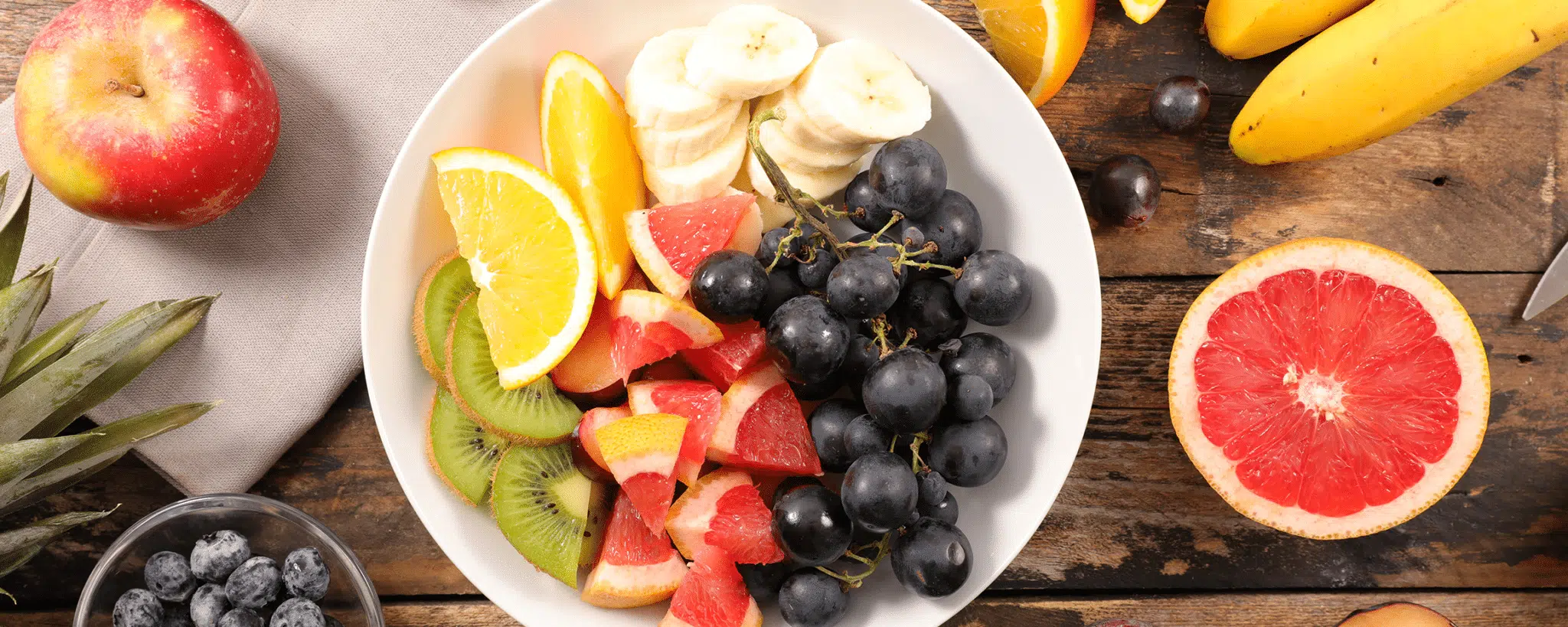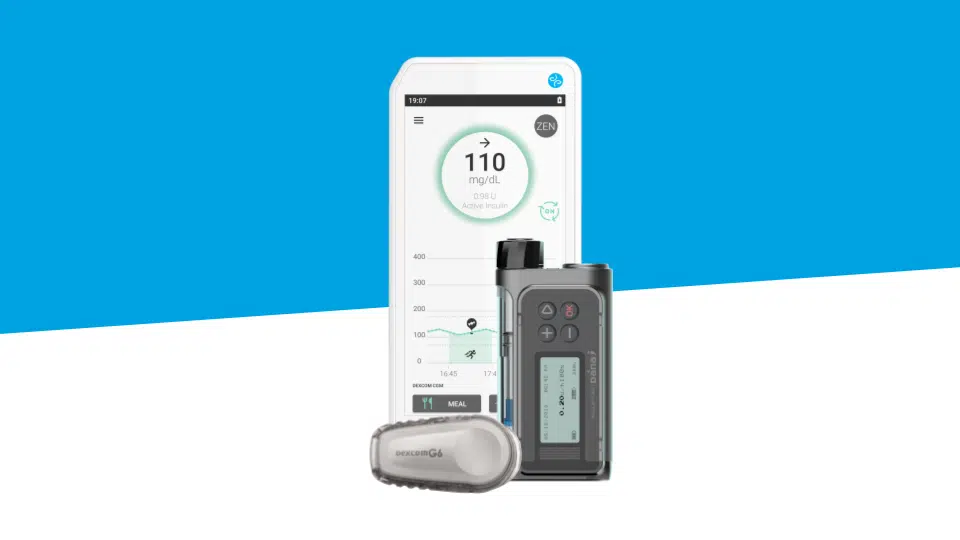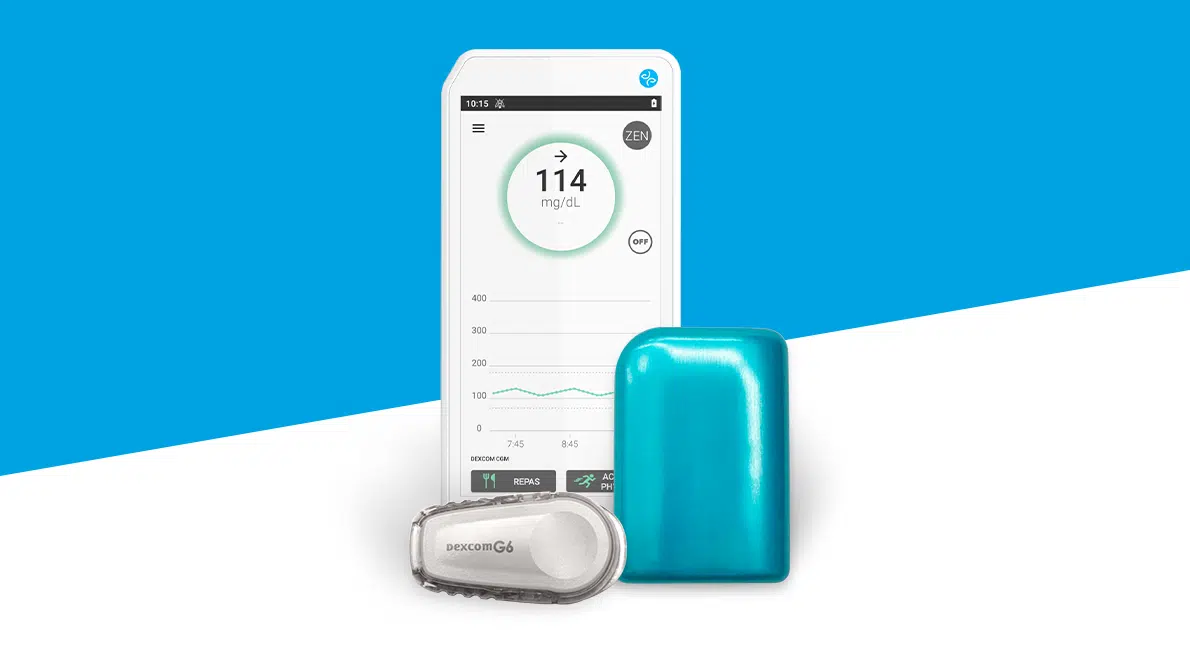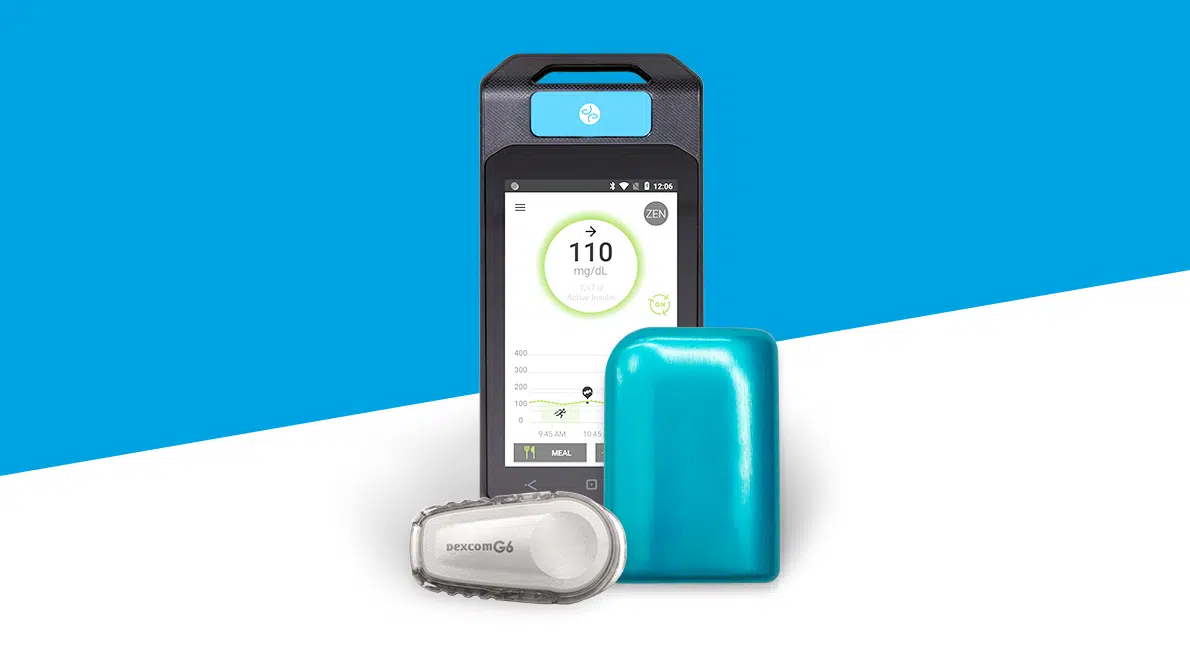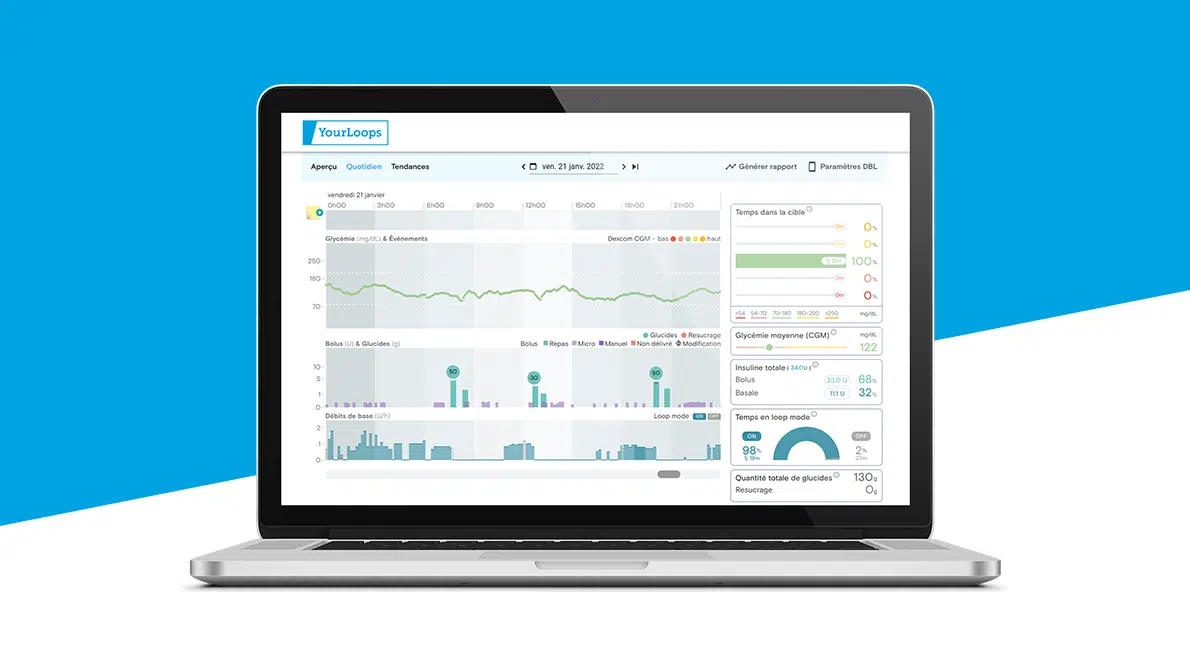
Colds, Flu, Stomach Flu… How To Manage With Type 1 Diabetes?
Type 1 diabetes needs to be managed every day, with all of life’s ups and downs. A simple cold, a flu-like illness or a bout of stomach flu (gastroenteritis) require a few extra precautions.
The Body In Defense Mode
Any illness, however minor, triggers a reaction from the body. The illness stresses the body, which will then react, in particular by producing hormones. The human body needs energy to fend off attacks, which is why the hormones it makes tend to raise blood sugar levels, especially if a fever is present.
Two mechanisms are responsible for this hyperglycemia: the first is gluconeogenesis, i.e., the synthesis of glucose. The second is insulin resistance. It is important to note that this period of increased insulin requirements may start before the first symptoms of the illness even appear.
In practice, when somebody with Type 1 diabetes gets sick, their blood sugar increases and their insulin needs to be increased accordingly to counter this. It is often necessary to increase the basal rate according to insulin requirements, particularly in the event of a high fever. Once they have recovered, insulin requirements return to their initial values and insulin doses need to be reduced again to prevent hypoglycemic episodes. For meals, if their appetite is less than usual, it is best to reduce the insulin dose taken at mealtimes, in which case the easiest strategy is to inject the dose at the end of the meal taking into account the number of carbohydrates actually eaten.
Conversely, if the illness causes nausea, vomiting, or diarrhea, as in the stomach flu, for instance, the main risk will be hypoglycemia since food intake will be limited.
Hydration And Calorie Intake
It’s always important to stop yourself from becoming dehydrated when you’re ill, especially if you have a high fever. With Type 1 diabetes, you have to be particularly careful: hyperglycemia and sugar loss in the urine (glycosuria), promote dehydration. In the event of sickness or diarrhea, sugary drinks are recommended, except if you have gastroenteritis. Sodas can also be consumed since they supply the calories needed to avoid an empty stomach, which is harmful and can increase the risk of nausea and vomiting. However, it’s better to drink non-carbonated sodas, without the bubbles, to prevent digestive problems. Fasting should be avoided wherever possible because it promotes the production of acetone when you are ill.
In the event of fever, loss of appetite and/or vomiting, a person with Type 1 diabetes is at a higher risk of diabetic ketoacidosis (hyperglycemia with the production of ketones). It is therefore important to carefully monitor ketone levels in the blood or urine (depending on the measuring device) and to compensate for ketones with an additional dose of fast-acting insulin.
A Few Tips
The first thing to remember is to treat the illness the same way as someone without diabetes would. As a general rule, having diabetes does not prevent you from taking the usual medicines that might be prescribed, whether these be antibiotics or cortisone, although cortisone does increase blood sugar levels. However, acetaminophen should not be taken with some continuous glucose monitoring systems. If you self-medicate, you are advised to choose sugar-free medicines (cough syrups, sore throat lozenges, etc.) and to ask your pharmacist for advice to make sure you don’t take anything that is contraindicated with diabetes.
Remember to drink plenty of fluids and to check your blood sugar levels more often. You also need to watch out for insulin resistance, i.e., an abnormal rise in blood sugar levels requiring an increase in insulin to get them back to normal, remembering that this can occur even before the first symptoms develop. If you are unsure, consult a doctor.
In all cases, when you’re sick, it’s important to follow a few simple rules. Remember to measure your blood sugar levels every 2 to 4 hours, or more often if necessary. Take your insulin or other treatment as usual, unless instructed otherwise by your doctor. Take your temperature regularly and if you lose your appetite, favor liquid or semi-liquid carbohydrate sources (applesauce, yogurt, etc.), on the basis of 15 g of carbohydrates per hour if you have taken adequate insulin doses.
What About The Flu?
The flu (influenza) is usually accompanied by a fever, with a high temperature of around 39 to 40°C for 3 to 4 days, headaches, aching muscles and pains, chest discomfort, a dry cough and severe fatigue, which can last for 2 to 3 weeks. The risks of becoming dehydrated, having difficulty eating and poor blood sugar control are particularly high.
As it lowers your resistance to other infections, the flu can also cause other serious complications, such as pneumonia, for example. People with Type 1 diabetes are advised to have an annual flu vaccine.
So there’s no real difference between those with and without diabetes when it comes to minor illnesses. But it’s important to remember a few basic rules to help prevent additional problems.


